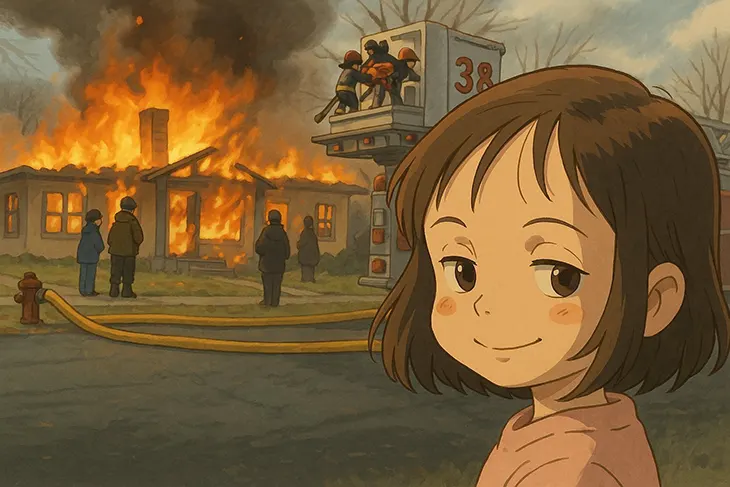
OpenAI’s new AI image-generation tool, powered by GPT-4o, has gained a lot of attention online for its ability to turn everyday photos into illustrations that closely resemble the look of Studio Ghibli films. Users are uploading selfies and memes to generate animated portraits with large eyes and soft lighting.
ART
Observers argue that the tool doesn’t just reference a general animation style, it directly replicates an aesthetic built over decades by Hayao Miyazaki, whose work is known for its originality. Miyazaki himself has not commented directly on the current trend, but an older interview resurfaced online, where he reacted to a separate AI animation experiment by saying, “Whoever creates this stuff has no idea what pain is whatsoever,” after referencing how the animated movements reminded him of a disabled friend’s struggle with basic motion. For him, the imitation of Ghibli style feels empty, disconnected from the human experience it attempts to portray.
Today is a great internet day pic.twitter.com/iPWl2yfvdq
— Zeneca.xyz 🔮 (@Zeneca) March 26, 2025
Miyazaki’s filmmaking process relies on hand-drawn animation, with each frame crafted to preserve the human quality of the work. His films are marked by recurring themes of environmental awareness, pacifism, and feminism, often centering on resilient female protagonists and narratives that avoid simplistic good-versus-evil dichotomies. Even as he cautiously adopted computer-generated imagery in later works like Princess Mononoke, Miyazaki insisted on preserving the tactile, imperfect quality of hand-drawn frames. “I try to keep the right ratio between working by hand and computer,” he once noted, “and still be able to call my films 2D.”
The Ghibli Filter’s Quiet Data Grab
Beyond the debate over style, another issue getting less attention is how the tool gathers data. To get their AI-generated images, users have to upload personal photos directly into ChatGPT. This gives OpenAI access to a large number of new images, many of them likely never posted online before. Although users can choose to opt out of data being used for training, the default setting is opt-in. And because people are uploading these photos willingly, OpenAI has more legal freedom to use them than it would if it had scraped them from the internet. This distinction is especially important in places like the EU. Under GDPR rules, scraping images typically requires a legal basis tied to “legitimate interest,” which comes with specific limits and privacy protections.
Another concern is the kind of images people might be uploading. Instead of generic photos, users could be sharing personal content, like family pictures or baby photos that may never have been posted online before. Other platforms may only encounter the edited, stylized versions, but OpenAI could be storing the untouched originals.
The bigger issue may not be whether AI can copy Ghibli’s aesthetic, it already can, but whether its usage reflects any real understanding of the stories behind the style. Miyazaki’s work isn’t just defined by color palettes or character design, but by emotion, philosophy, and memory. AI can imitate how something looks, but not why it matters. What we’re witnessing reflects a redistribution of cognitive roles, humans are increasingly relegated to procedural tasks, while creative authorship is algorithmically simulated. While AI systems can reproduce formal characteristics with increasing accuracy, they remain fundamentally disconnected from the imaginative labor that gives art its meaning. No matter how good your prompt is, you won’t get Howl’s Moving Castle.














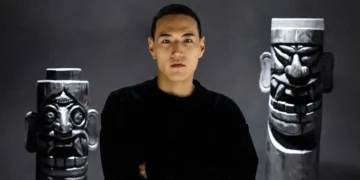
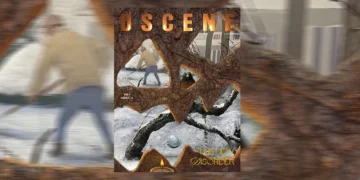
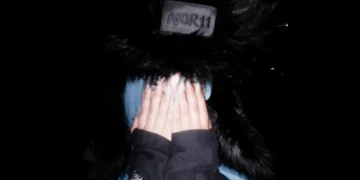
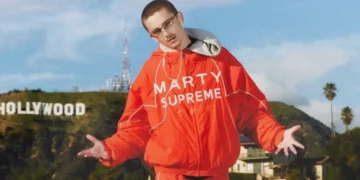
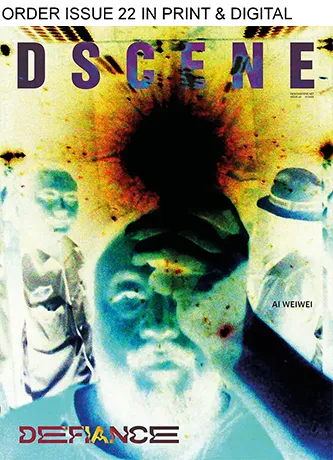

honestly this is disgusting! shame on OpenAI for allowing this. Everything that AI did is steal creativity from the creatives! shame on them